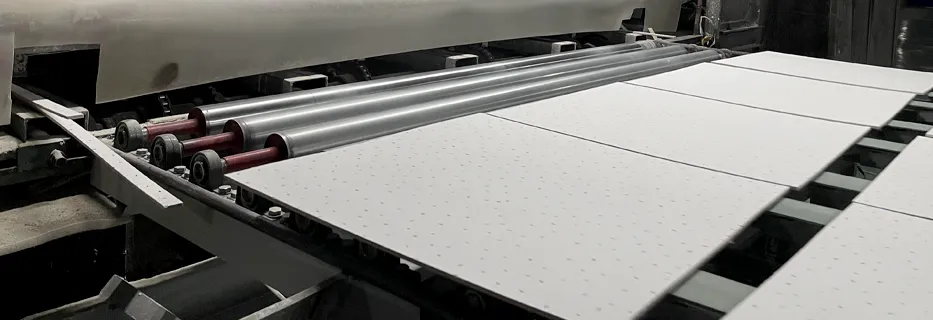Nov . 14, 2024 16:53 Back to list
ceiling grid main tee
Understanding Ceiling Grid Main Tee A Comprehensive Overview
Ceiling grid main tees are essential components in modern interior design and construction, particularly for suspended ceiling systems. These grid systems not only provide structural support for ceiling panels but also enhance the overall aesthetic of a space. This article delves into the characteristics, benefits, and installation processes related to ceiling grid main tees.
What are Ceiling Grid Main Tees?
Ceiling grid main tees are horizontal metal frameworks that form the backbone of a suspended ceiling installation. Typically made from galvanised steel or aluminum, these tees are designed to support the weight of ceiling tiles and other hanging elements. The term main tee refers to the primary structural bars, which run across the ceiling and are complemented by shorter cross tees that fill in the grid pattern.
Benefits of Using Ceiling Grid Main Tees
1. Aesthetic Appeal One of the primary benefits of a ceiling grid system is its contribution to the overall look of a room. With a wide variety of ceiling tiles available, designers can create visually appealing spaces that reflect personal taste and style.
2. Acoustics Many ceiling tiles are engineered to absorb sound, significantly reducing noise levels in busy environments like offices, restaurants, and schools. The grid system allows for the integration of soundproofing materials, enhancing acoustic comfort.
3. Hiding Utilities Suspended ceilings, supported by main tees, can conceal plumbing, electrical wiring, and HVAC ducts, making a space look cleaner and more organized. This is particularly beneficial in commercial settings where aesthetics and functionality are crucial.
4. Easy Access Ceiling grids provide easy access to the utilities hidden above. If maintenance or repairs are required, the tiles can be removed without damaging the rest of the installation, making it cost-effective and efficient over the long term.
ceiling grid main tee

5. Flexibility in Design The modular nature of grid systems allows for flexibility in design. Ceiling tiles can be easily replaced or rearranged to accommodate changes in interior design or functionality.
Installation Process
The installation of ceiling grid main tees involves several steps
1. Planning and Measurement Before installation, it’s essential to measure the room accurately and plan the layout of the grid. Marking the positions where the main tees will be placed is crucial for achieving a level ceiling.
2. Installation of Hangers Hangers are used to attach the main tees to the ceiling structure. These must be securely fastened to ensure the stability of the ceiling.
3. Placing the Main Tees Once the hangers are in place, the main tees can be installed. They should be evenly spaced according to the chosen tile dimensions.
4. Adding Cross Tees After the main tees are in position, cross tees are installed to complete the grid structure. This setup forms a solid framework to hold the ceiling tiles.
5. Installing Tiles Finally, the ceiling tiles are inserted into the grid, creating a finished look that enhances both the utility and aesthetics of the space.
In conclusion, ceiling grid main tees play a vital role in contemporary building design by providing structural support, facilitating acoustic management, and offering aesthetic versatility. Their ease of installation and maintenance further cements their place as a preferred choice in both residential and commercial projects.
-
Quality Ceiling Trap Doors & Access Panels | Easy & Secure AccessNewsAug.30,2025
-
Durable Ceiling T Grid Systems | Easy InstallationNewsAug.29,2025
-
PVC Gypsum Ceiling: Durable, Laminated Tiles for Modern SpacesNewsAug.28,2025
-
Pvc Gypsum Ceiling Is DurableNewsAug.21,2025
-
Mineral Fiber Board Is DurableNewsAug.21,2025
-
Ceiling Tile Clip Reusable DesignNewsAug.21,2025







